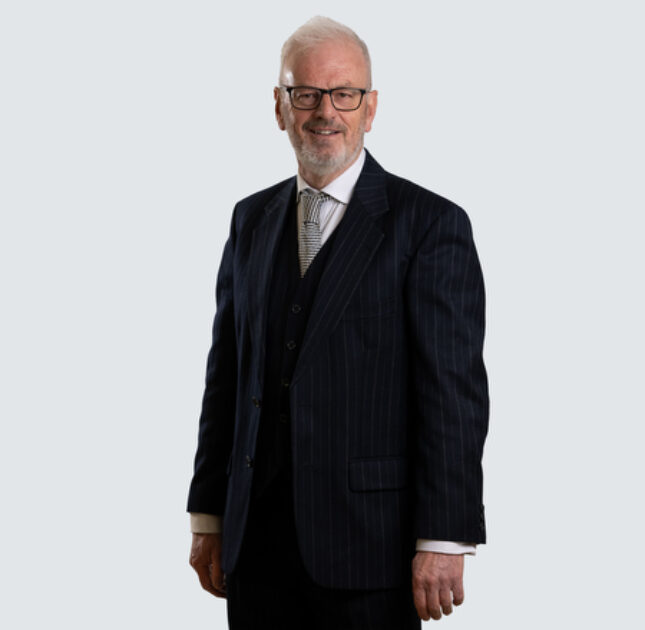In this week’s episode, the Abuse Team discusses The University of New South Wales’ recently published report on child sexual offending behaviour and attitudes among Australian men. This is the largest, nationally representative child sexual abuse perpetration survey ever undertaken. 1,945 men were asked about their feelings and behaviour towards children.
The findings of the survey are informative, shocking and, possibly, myth breakers:
Around one in six (15.1%) Australian men reports sexual feelings towards children. Approximately one third of this group reports sexually offending against children.
Around one in ten (9.4%) Australian men has sexually offended against children. Approximately half of this group (4.9%) reports sexual feelings towards children.
In total, almost one in five (19.6%) Australian men in the study have sexual feelings for children and/or have sexually offended against children.
Only 7.2% of participants identified as gay or bisexual. However, 10.5% of participants indicated that they had only had sex with men, and 5.5% indicate that they had had sex with both men and women. Around one-in-twenty participants indicated that they had never had sex.
Other key findings showed that perpetrators or potential perpetrators were:
- more likely to be married and reported higher levels of social support.
- almost three times more likely to be working with children.
- more likely to earn a higher income.
- more likely to report mild, moderate or severe anxiety and depression.
Behind each statistic there are of course real abusers, or potential ones, along with survivors or victims with their own individual experiences and stories. We must also appreciate that children over 16 in most western countries are legally able to give consent, and not all sexual activity between the ages of 16 and 18 is criminalised (consent or otherwise). This fact needs to be appreciated when considering the statistics, so that for example a 21 year old male having a sexual relationship with a 17 year old would not necessarily be a crime, but could feature because the latter is in the eyes of the law still a child.
Society is often confused by the nature, extent, and reality of the sexual abuse of children. Matters are not helped by the media’s approach to the reporting of offending which often uses erroneous or misleading terminology for example “teacher had sex with pupil”, implying a consensual relationship, when the report should have been “teacher groomed vulnerable child, and sexually assaulted [him/her]”.
The report reinforces the debunking of the old stereotype that a “typical” sex offender is a male hanging around the local park. This was a myth that was always divorced from reality.
The reality shown by the report findings that offenders can come all walks of life, can be married or in a relationship, be in employment, and have all the hallmarks of a stable life.
With the launch of the National Strategy to Prevent and Respond to Child Sexual Abuse, the Australian Commonwealth Government has committed to a public health approach to child sexual abuse, and this report needs to be considered in that context. It provides important information on men in the Australian community who have sexually abused children, or are at risk of sexually abusing children, including findings on their demographics, health status and history of childhood adversity.
If a public health approach is to have purchase in addressing CSA and in particular preventing it from happening then society needs to appreciate the reality, and to accept that an environment needs to be created enabling those men with a sexual interest in children to seek the help they need.
To quote from the report:
“Improving community attitudes and understandings of the harm of child sexual abuse may reduce the prevalence of child sexual abuse. Interventions that target beliefs and attitudes that support child sexual abuse are important to the prevention of child sexual abuse. In our research, offenders were more likely to believe that child sexual abuse is not harmful and that children are to blame for sexual abuse. Sexual abuse myths not only impact the actions of the offender, but also play a part in how the victim understands their abuse and the support they receive from the community. Social marketing campaigns that focus on the harms of child sexual abuse, and myths that are prevalent amongst men who abuse children may reduce child sexual abuse.”






